Find Help
More Items From Ergsy search
-

NHS Acute Care Anaphylaxis
Relevance: 100%
-

What is anaphylaxis?
Relevance: 63%
-
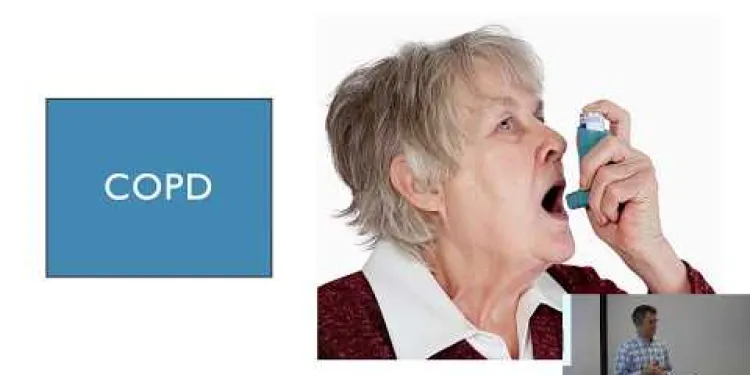
Acute COPD in Adults: Antibiotics or not - Dr Nick Francis
Relevance: 39%
-

How do cortisol levels differ between acute and chronic stress?
Relevance: 36%
-

Dementia Care at Colten Care
Relevance: 26%
-
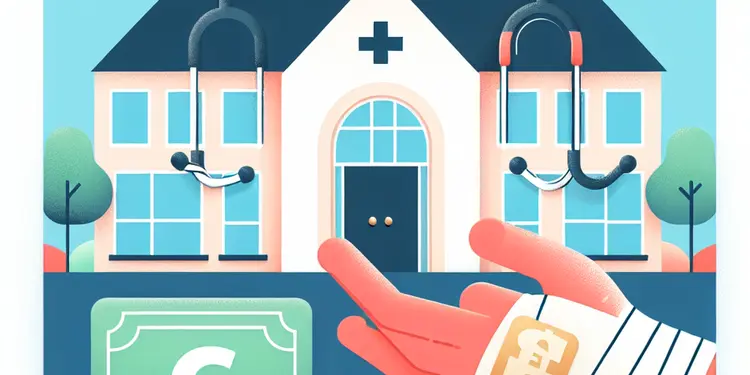
Do care homes provide medical care?
Relevance: 25%
-

Is epinephrine the only treatment for severe nut allergy reactions?
Relevance: 24%
-
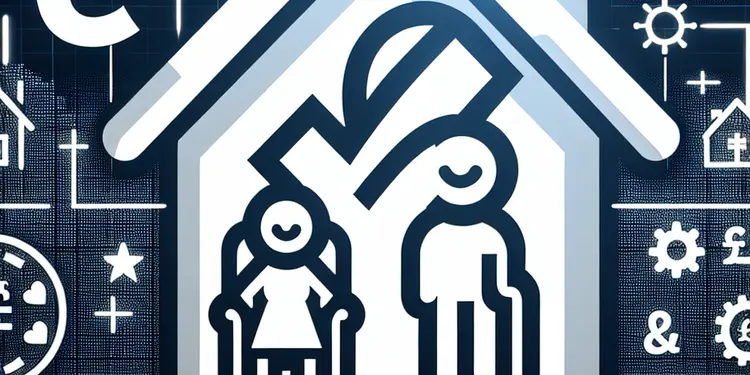
How is the quality of care regulated in care homes?
Relevance: 24%
-

What are Care Homes?
Relevance: 23%
-

Are dietary needs accommodated in care homes?
Relevance: 22%
-
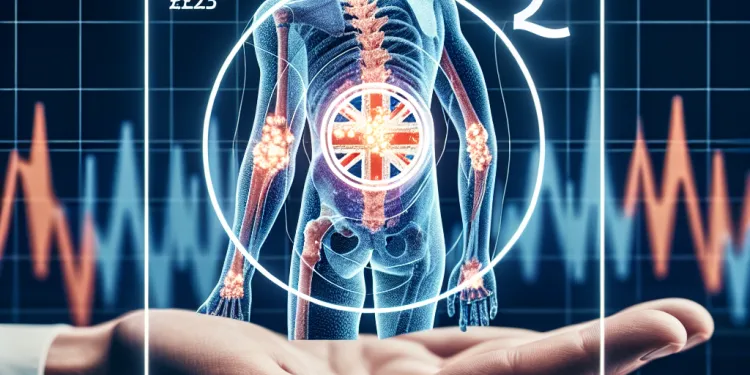
Can chiropractic care help with arthritis?
Relevance: 22%
-

Chiropractic Care on the NHS
Relevance: 22%
-
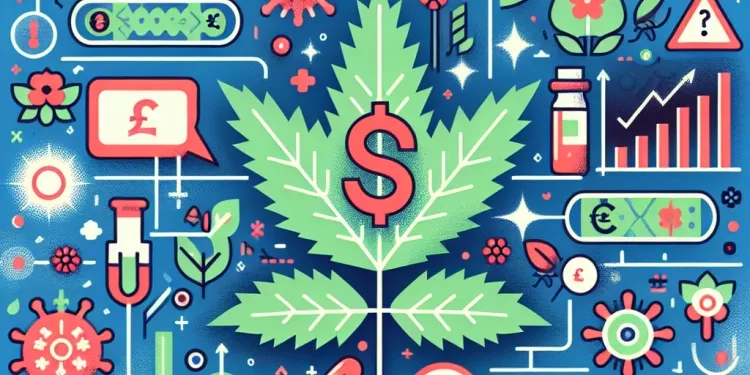
What are potential complications of nettle rash?
Relevance: 22%
-
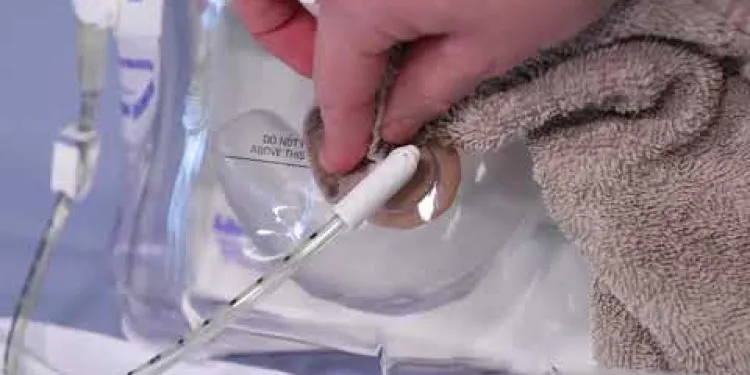
Stoma Care
Relevance: 22%
-

Neck Care Exercises
Relevance: 21%
-
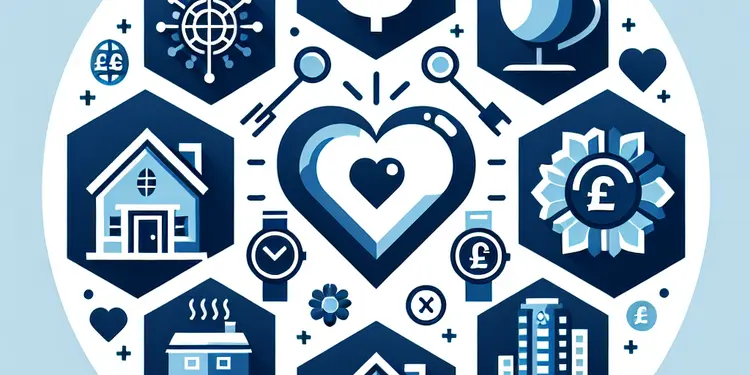
Are there different types of care homes?
Relevance: 21%
-
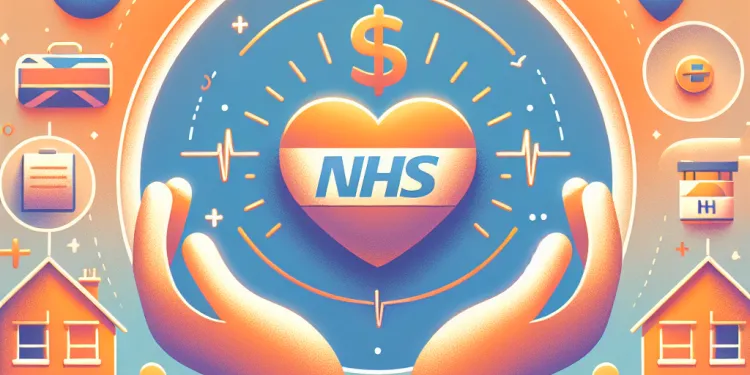
What is end of life care?
Relevance: 21%
-
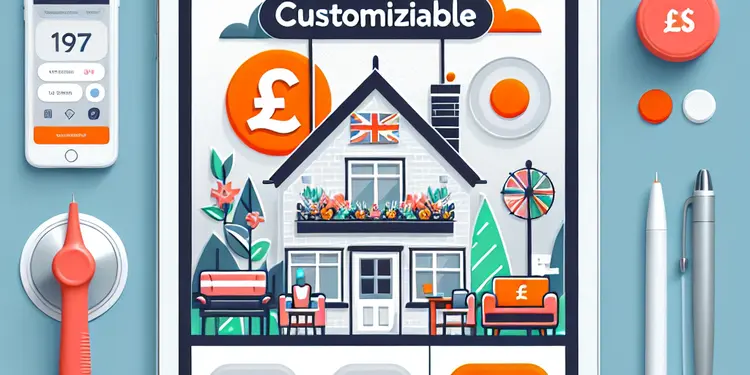
Can live-in care be customized?
Relevance: 21%
-

The role of care homes dedicated to caring for people living with dementia and memory loss
Relevance: 21%
-

What is the role of Live In Care?
Relevance: 21%
-

How can primary care support workers contribute to patient care improvement?
Relevance: 21%
-

What are the symptoms of a nut allergy?
Relevance: 21%
-
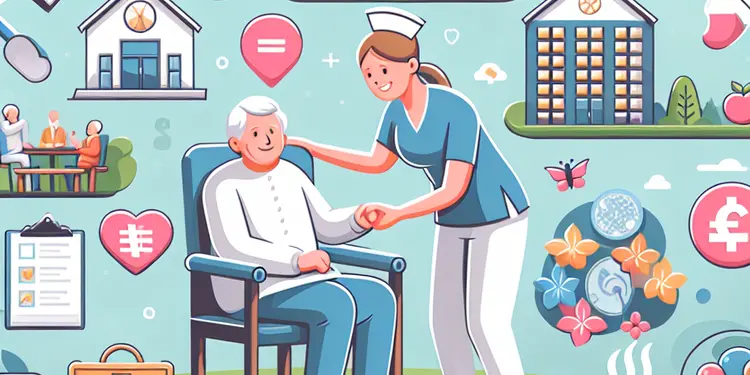
What services do care homes provide?
Relevance: 20%
-
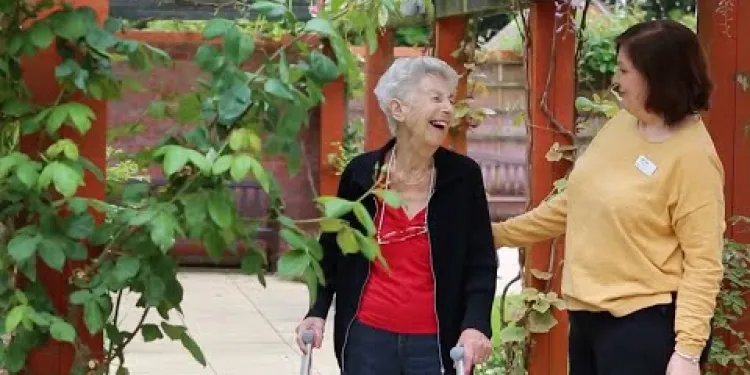
Amberwood House (Colten Care)
Relevance: 20%
-
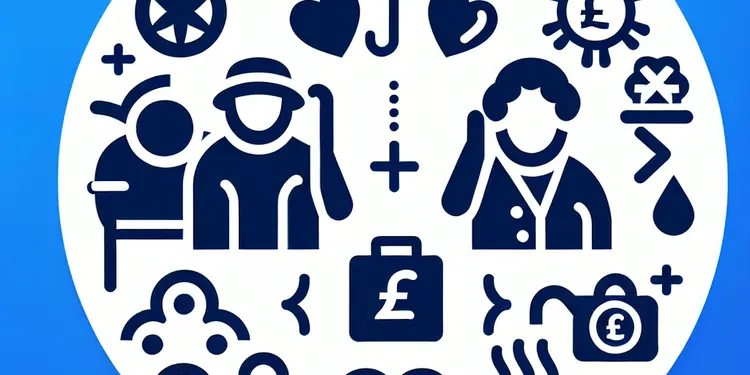
Who benefits from live-in care?
Relevance: 20%
-

Birchgrove - Assisted-living accommodation and care
Relevance: 20%
-

Who can live in a care home?
Relevance: 20%
-

Dr Hilary Jones on Residential Care PART 2.
Relevance: 20%
-

Is live-in care available for short-term needs?
Relevance: 20%
-
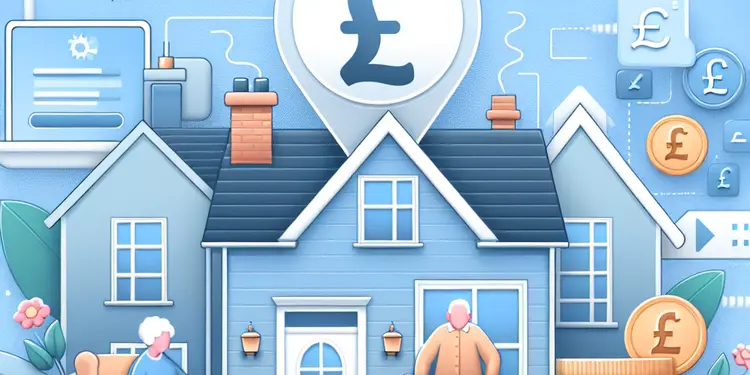
Is live-in care an alternative to nursing homes?
Relevance: 20%
-

Dr Hilary Jones on Residential Care PART 1.
Relevance: 20%
-
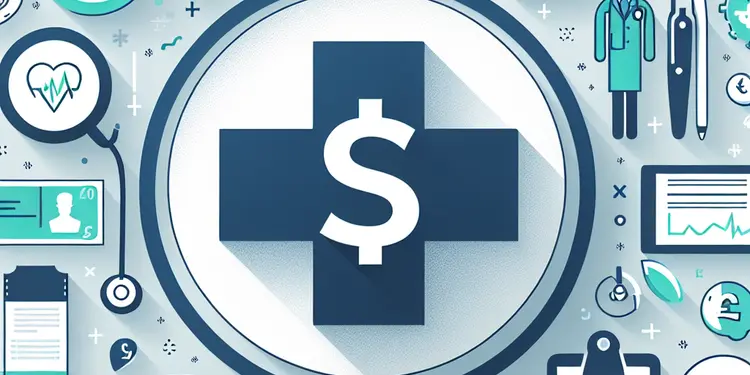
Are there opportunities for specialization in primary care support?
Relevance: 20%
-

Child Care Proceedings | Family Law
Relevance: 20%
-

Are activities provided for residents in care homes?
Relevance: 20%
-

How is the quality of live-in care monitored?
Relevance: 20%
-

What is the standard of care in professional negligence?
Relevance: 20%
-

What are the visiting hours for care homes?
Relevance: 20%
-

How the Shortage of GPs is Affecting Patient Care Across the UK
Relevance: 20%
-

What happens if a resident's care needs change?
Relevance: 19%
-
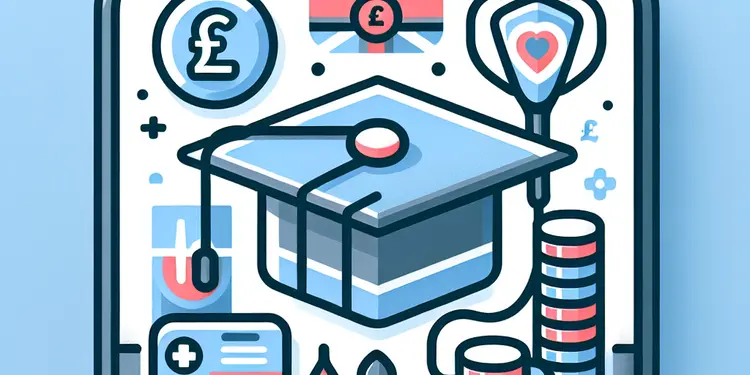
What qualifications do care home staff have?
Relevance: 19%
NHS Acute Care for Anaphylaxis
Understanding Anaphylaxis
Anaphylaxis is a severe and life-threatening allergic reaction that can occur rapidly. It demands immediate medical attention. Common triggers include foods such as peanuts and shellfish, insect stings, medications, and latex. Recognising the early symptoms—which may include difficulty breathing, a rapid heartbeat, swelling of the throat, and a sudden rash—can be crucial for prompt treatment.
Initial Emergency Response
Immediate action is essential when dealing with anaphylaxis. The priority is to administer an adrenaline auto-injector (such as an EpiPen) as soon as symptoms appear. Adrenaline works quickly to reduce throat swelling, open the airways, and maintain blood pressure. After administering adrenaline, it’s important to call emergency services (999 in the UK) promptly and inform them of the situation. Position the person in a way that is most comfortable for them, usually sitting up if they are having trouble breathing or lying down if they feel faint or weak.
Hospital Treatment
Upon arrival at the hospital, the patient can expect to receive continued medical assessment and care. NHS practitioners may administer additional doses of adrenaline if necessary, as well as antihistamines and steroids to further reduce symptoms and prevent a recurrence. Oxygen therapy may be provided if breathing difficulties persist. Monitoring in a clinical setting is essential, as symptoms of anaphylaxis can sometimes return within hours.
Post-Acute Care
Following the acute phase of anaphylaxis, the NHS provides thorough follow-up care. This includes prescribing additional adrenaline auto-injectors and ensuring the patient is well informed on how to use them. Referral to an allergy specialist might be recommended for further tests and management strategies. Patients are often advised to wear medical identification and may receive a tailored allergy action plan to mitigate future risks.
Conclusion
Anaphylaxis is a medical emergency that requires swift and effective care. The NHS has established protocols to handle such acute allergic reactions, ensuring patients receive the immediate and follow-up care needed to manage this serious condition. Public awareness and preparedness, including knowing how to use an adrenaline auto-injector, are crucial in mitigating the risks associated with anaphylaxis.
NHS Acute Care for Anaphylaxis
Understanding Anaphylaxis
Anaphylaxis is a very bad allergic reaction. It can happen fast and can be life-threatening. You need to get medical help right away. Things like peanuts, shellfish, insect stings, some medicines, and latex can cause it. Early signs include trouble breathing, fast heartbeat, swollen throat, and a quick rash. Spotting these signs early helps you get treatment faster.
Initial Emergency Response
Act quickly if you think someone has anaphylaxis. Use an adrenaline auto-injector, like an EpiPen, as soon as you see symptoms. Adrenaline helps reduce throat swelling and opens airways. It keeps blood pressure normal. After using the EpiPen, call emergency services (999 in the UK) right away and tell them what's happening. Make sure the person is comfortable. They can sit up if they have trouble breathing or lie down if they feel weak.
Hospital Treatment
In the hospital, doctors will keep taking care of the person. They might give more doses of adrenaline if needed. Other medicines, like antihistamines and steroids, help reduce symptoms and stop them from coming back. Oxygen may be given if breathing is still hard. It's important for doctors to watch the person because symptoms can come back after a few hours.
Post-Acute Care
After the worst part of anaphylaxis is over, the NHS makes sure there is good follow-up care. They give extra adrenaline injectors and show how to use them. They might suggest seeing an allergy specialist for more tests and plans. Patients should wear medical ID and may be given a special plan to avoid future risks.
Conclusion
Anaphylaxis is an emergency and needs quick care. The NHS has plans to treat these bad reactions. They make sure people get the care they need right away and later on too. Knowing about anaphylaxis and how to use an adrenaline auto-injector is very important to stay safe.
Frequently Asked Questions
What is anaphylaxis?
Anaphylaxis, also known as anaphylactic shock, is a severe, potentially life-threatening allergic reaction that can develop rapidly.
What are common triggers of anaphylaxis?
Common triggers include foods like peanuts, tree nuts, fish, shellfish, dairy products, and eggs; insect stings; medications; and latex.
What are the symptoms of anaphylaxis?
Symptoms can include hives, swelling of the face, lips, or throat, difficulty breathing, a rapid heartbeat, dizziness, and a sharp drop in blood pressure.
How quickly can anaphylaxis occur after exposure to an allergen?
Anaphylaxis can occur within minutes of exposure to an allergen, though reactions can sometimes develop more slowly, over the course of several hours.
How is anaphylaxis diagnosed?
Anaphylaxis is primarily diagnosed based on the rapid onset of symptoms following exposure to a known allergen and through the patient's medical history.
What is the first aid treatment for anaphylaxis?
Administer an adrenaline (epinephrine) auto-injector immediately if available, call emergency services (999), lie the person down and raise their legs, and keep them calm.
What should be done after administering an adrenaline auto-injector?
Even if symptoms improve after using an adrenaline auto-injector, the person should go to the hospital for observation, as symptoms can return or worsen.
Can anaphylaxis be prevented?
Anaphylaxis can often be prevented by avoiding known allergens and carrying an adrenaline auto-injector if you have a history of severe allergies.
Is there a difference between an epinephrine auto-injector and adrenaline?
No, epinephrine and adrenaline are the same medication. The terms are used interchangeably.
Can children outgrow anaphylaxis?
Some children may outgrow certain food allergies, which are common triggers of anaphylaxis, but others may continue to have severe allergic reactions into adulthood.
What is the role of antihistamines in treating anaphylaxis?
Antihistamines may help relieve some symptoms of an allergic reaction, but they are not effective for treating the life-threatening symptoms of anaphylaxis. Adrenaline is required.
How should an adrenaline auto-injector be used?
An adrenaline auto-injector should be injected into the outer thigh, through clothing if necessary, and held in place for several seconds to ensure the medication is fully delivered.
Can multiple doses of adrenaline be necessary during an anaphylactic reaction?
Yes, a second dose of adrenaline may be necessary if symptoms do not improve after the first dose or if they return. Always seek immediate medical assistance.
Why is it important to carry an adrenaline auto-injector at all times if you're at risk for anaphylaxis?
Anaphylaxis can occur suddenly and without warning. Having an adrenaline auto-injector readily available can save your life in the event of a severe allergic reaction.
What follow-up care is recommended after an anaphylactic reaction?
After an anaphylactic reaction, it’s important to follow up with an allergist or your GP to review your treatment plan, refill your medication, and identify any potential triggers.
What is anaphylaxis?
Anaphylaxis is a serious allergic reaction. This means your body reacts strongly to something like a bee sting or certain foods.
If someone has anaphylaxis, they might have trouble breathing, feel dizzy, or have a fast heartbeat.
This is an emergency. You need to get help right away if it happens.
If you want to feel prepared, you can:
- Learn how to use an EpiPen. It is a special tool to help with anaphylaxis.
- Talk to a doctor about what causes your allergies and how to be safe.
Anaphylaxis, also called anaphylactic shock, is a very bad allergic reaction. It can happen very fast and can be life-threatening.
What can cause a serious allergy reaction?
Here are some things that can make a serious allergy happen:
- Some types of food like peanuts, shellfish, and eggs.
- Stings from insects like bees and wasps.
- Some medicines that help when we are sick.
- Things we put on our skin (like certain creams).
If you feel funny after eating or touching something, tell a grown-up. They can help keep you safe. It’s good to have an adult know what can make your allergies start.
You can use special tools like picture cards or apps that help people understand. Talking about what makes you feel safe is important too.
Some things can cause allergies. These include foods like peanuts, nuts, fish, shellfish, milk, and eggs. Things like insect stings, medicines, and latex can also cause allergies.
If you have trouble with any of these, you can:
- Always check food labels before eating.
- Tell people about your allergies so they can help you stay safe.
- Carry medicine, like an EpiPen, if your doctor gives you one.
What happens when someone has anaphylaxis?
When a person has anaphylaxis, their body has a strong allergic reaction. Here are some things to look out for:
- They might find it hard to breathe.
- Their throat or tongue may swell up.
- Their skin might get itchy, have bumps, or turn red.
- They could feel very weak or dizzy.
- They might have a fast or uneven heartbeat.
If someone has anaphylaxis, it is very important to get help fast. Call for an ambulance or go to the hospital. A doctor can give medicine to help.
Some tools can help you learn more about anaphylaxis. You can use pictures, watch videos, or talk to someone who knows about it.
The signs can be:
- Bumpy skin called hives
- Swelling of face, lips, or throat
- Hard to breathe
- Heart beats very fast
- Feeling dizzy
- Blood pressure drops fast
Try using tools like picture cards or voice devices to help understand.
How fast can a bad allergic reaction happen after being near something you are allergic to?
Anaphylaxis is a serious allergic reaction. It can happen very fast, just a few minutes after you touch or eat something you're allergic to. But sometimes, it can take a longer time, even a few hours.
How do doctors know if someone has anaphylaxis?
Anaphylaxis is found when someone gets sick quickly after they touch something they are allergic to. Doctors use the person's health story to help find out what happened.
What should you do if someone has a bad allergic reaction?
Here is how you can help:
- Call for help right away. Dial emergency services.
- Use an EpiPen if the person has one. Follow the instructions on it.
- Keep the person lying down. Raise their legs if possible.
- Stay calm and talk to them until help arrives.
Some tools can help you understand better:
- Picture cards: Use pictures to show each step.
- Audio guides: Listen to instructions if reading is hard.
If someone is having a bad allergic reaction, quickly use an adrenaline pen if you have one. Call 999 for an ambulance. Help the person lie down and lift their legs up. Try to keep them calm.
What to do after using an adrenaline pen?
If someone uses an adrenaline pen and starts to feel better, they should still go to the hospital. This is because the symptoms might come back or get worse.
Can we stop anaphylaxis from happening?
You can stop a bad allergic reaction called anaphylaxis. Here’s how: stay away from things you know make you sick. Also, if you have really bad allergies, carry a special medicine with you. It’s called an adrenaline auto-injector, and it can help you feel better fast.
Is there a difference between an epinephrine auto-injector and adrenaline?
Yes, there is a difference. But they are closely related.
An epinephrine auto-injector is a special tool. It helps people with allergies. It gives them medicine quickly.
Adrenaline is another name for epinephrine. It is the medicine inside the auto-injector.
If you need help using these, ask an adult or a doctor. They can show you how it works.
You can also use picture guides to learn about it.
No, epinephrine and adrenaline are the same medicine. People use both names for it.
Can kids stop having bad allergies when they grow up?
Some kids might stop being allergic to certain foods as they get older. These foods can cause very bad allergic reactions. But some people might still be allergic when they grow up.
How do antihistamines help with anaphylaxis?
Antihistamines can help when someone has an allergic reaction. But for anaphylaxis, which is a very serious allergic reaction, they should not be the only treatment.
Here is what to do if someone has anaphylaxis:
- Call for emergency help straight away.
- Use an auto-injector like an EpiPen if you have one. This has adrenaline in it, which is very important.
- Antihistamines may help with itching or hives, but they do not stop anaphylaxis.
It is important to act fast and get medical help.
Use picture cards or a step-by-step helper guide to remember what to do.
Antihistamines can help with some allergy signs, like sneezing or itching. But they do not work for really bad allergies called anaphylaxis. For that, you need a special medicine called adrenaline.
How to Use an Adrenaline Auto-Injector
An adrenaline auto-injector is a medicine pen that helps in an emergency. It is for someone having a big allergic reaction.
Here’s how to use it:
- Stay calm and get the pen.
- Take off the safety cap.
- Hold the pen against the person's outer thigh.
- Press down and hold for 3 seconds.
- Take the pen away and call for help.
Practice with a trainer pen to learn how to do this safely. Using pictures or videos can also help you understand better.
If you need to use an adrenaline auto-injector, you should stick it into the side of your thigh. You can do this through your clothes if needed. Hold it there for a few seconds to make sure all the medicine goes in.
Helpful tips:
- Take your time and stay calm.
- Use a timer or count to 10 to ensure enough time.
- Ask someone for help if you can.
Do you sometimes need more than one shot of adrenaline during a bad allergic reaction?
If you still feel sick after your first adrenaline shot, you might need a second one. If the sickness comes back, you might need another shot too. Always call a doctor right away if this happens.
Why do you need to carry an adrenaline auto-injector if you might have an allergic reaction?
It's important to keep an adrenaline auto-injector with you in case you have a severe allergy attack. This can help you breathe and stay safe until you get to the doctor.
Try to learn how to use the injector and remember to take it with you every day. You can ask someone to remind you or set an alarm on your phone.
Anaphylaxis can happen very quickly and without warning. Keeping an adrenaline pen with you can save your life if you have a bad allergic reaction.
What should you do after an allergic reaction?
After a bad allergic reaction, you should see a doctor. They can help you understand what happened. Here are some things you can do:
- See a doctor to check if you are okay.
- Always carry your allergy medicine with you.
- Wear a bracelet that tells others about your allergy.
- Learn what causes your allergy and try to stay away from it.
- Ask your doctor how to be safe in the future.
Using pictures or reminders can help you remember these steps.
After a serious allergic reaction, it's important to see an allergy doctor or your usual doctor. They can help you make sure your treatment is right, give you more medicine if you need it, and help find out what caused the reaction.
Useful Links
- Ergsy carfully checks the information in the videos we provide here.
- Videos shown by Youtube after a video has completed, have NOT been reviewed by ERGSY.
- To view, click the arrow in centre of video.
- Most of the videos you find here will have subtitles and/or closed captions available.
- You may need to turn these on, and choose your preferred language.
- Go to the video you'd like to watch.
- If closed captions (CC) are available, settings will be visible on the bottom right of the video player.
- To turn on Captions, click settings .
- To turn off Captions, click settings again.
More Items From Ergsy search
-

NHS Acute Care Anaphylaxis
Relevance: 100%
-

What is anaphylaxis?
Relevance: 63%
-

Acute COPD in Adults: Antibiotics or not - Dr Nick Francis
Relevance: 39%
-

How do cortisol levels differ between acute and chronic stress?
Relevance: 36%
-

Dementia Care at Colten Care
Relevance: 26%
-

Do care homes provide medical care?
Relevance: 25%
-

Is epinephrine the only treatment for severe nut allergy reactions?
Relevance: 24%
-

How is the quality of care regulated in care homes?
Relevance: 24%
-

What are Care Homes?
Relevance: 23%
-

Are dietary needs accommodated in care homes?
Relevance: 22%
-

Can chiropractic care help with arthritis?
Relevance: 22%
-

Chiropractic Care on the NHS
Relevance: 22%
-

What are potential complications of nettle rash?
Relevance: 22%
-

Stoma Care
Relevance: 22%
-

Neck Care Exercises
Relevance: 21%
-

Are there different types of care homes?
Relevance: 21%
-

What is end of life care?
Relevance: 21%
-

Can live-in care be customized?
Relevance: 21%
-

The role of care homes dedicated to caring for people living with dementia and memory loss
Relevance: 21%
-

What is the role of Live In Care?
Relevance: 21%
-

How can primary care support workers contribute to patient care improvement?
Relevance: 21%
-

What are the symptoms of a nut allergy?
Relevance: 21%
-

What services do care homes provide?
Relevance: 20%
-

Amberwood House (Colten Care)
Relevance: 20%
-

Who benefits from live-in care?
Relevance: 20%
-

Birchgrove - Assisted-living accommodation and care
Relevance: 20%
-

Who can live in a care home?
Relevance: 20%
-

Dr Hilary Jones on Residential Care PART 2.
Relevance: 20%
-

Is live-in care available for short-term needs?
Relevance: 20%
-

Is live-in care an alternative to nursing homes?
Relevance: 20%
-

Dr Hilary Jones on Residential Care PART 1.
Relevance: 20%
-

Are there opportunities for specialization in primary care support?
Relevance: 20%
-

Child Care Proceedings | Family Law
Relevance: 20%
-

Are activities provided for residents in care homes?
Relevance: 20%
-

How is the quality of live-in care monitored?
Relevance: 20%
-

What is the standard of care in professional negligence?
Relevance: 20%
-

What are the visiting hours for care homes?
Relevance: 20%
-

How the Shortage of GPs is Affecting Patient Care Across the UK
Relevance: 20%
-

What happens if a resident's care needs change?
Relevance: 19%
-

What qualifications do care home staff have?
Relevance: 19%


